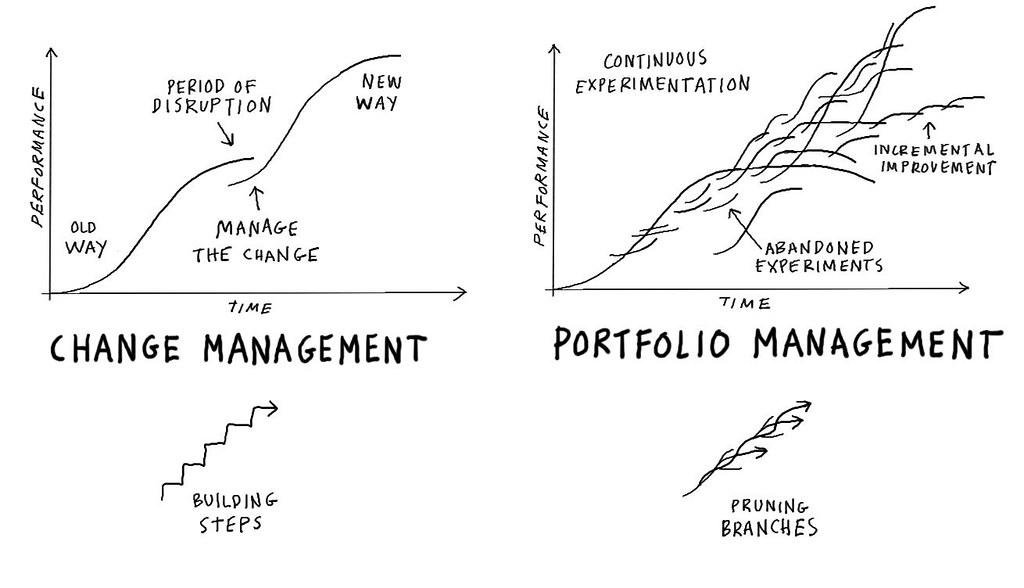In the realm of cosmetic procedures, the quest for the perfect head of hair has spanned decades, with individuals seeking innovative solutions to combat hair loss and turn back the hands of time. The evolution of hair transplant technologies has emerged as a game-changer, revolutionizing the way we address this common concern. As we delve into the intricacies of this fascinating field, this article aims to provide a comprehensive exploration of the various techniques and advancements that have paved the way for restoring hair and confidence. From traditional strip harvesting to the latest robotic follicular unit extraction, join us on a mesmerizing journey through time as we uncover the transformative power of hair transplant technologies.
The Importance of Continuous Innovations in Hair Transplant Technologies
Hair transplant technologies have come a long way since their inception, revolutionizing the way we combat hair loss. Continuous innovations in this field have not only allowed for more efficient and effective hair restoration procedures but have also opened up opportunities for individuals who were once deemed ineligible for transplantation. These advancements in technology have truly turned back the hands of time, providing individuals with the chance to regain their confidence and youthful appearance.
One of the most significant developments in hair transplant technologies is the introduction of Follicular Unit Extraction (FUE) technique. FUE involves extracting individual hair follicles from the donor area and transplanting them into the recipient area. Unlike traditional methods that involved removing a strip of scalp, FUE utilizes small punches to extract grafts, resulting in minimal scarring and faster recovery time. This technique has revolutionized the field of hair transplantation, allowing both men and women to restore their hair without the fear of visible scars.
Another notable innovation is the use of robotic technology in hair transplantation procedures. The introduction of robotic-assisted hair transplant procedures has allowed for more precise and accurate graft placement. Robots equipped with artificial intelligence are able to analyze and select the healthiest hair follicles for transplantation, ensuring optimal outcomes. This technology has significantly improved the success rate of hair transplant procedures, making them more reliable and predictable.
To further enhance patient comfort and safety, advancements in anesthetics and pain management techniques have also played a crucial role in the evolution of hair transplant technologies. The use of local anesthesia and the development of minimally invasive methods have made the procedure virtually painless, minimizing discomfort both during and after the surgery. Additionally, these advancements have enabled individuals with medical conditions or sensitivities to undergo hair transplantation, ensuring that no one is left behind in their quest for self-confidence.
In conclusion, continuous innovations in hair transplant technologies have transformed the field of hair restoration, offering individuals a chance to reclaim their lost hair and confidence. The introduction of techniques such as FUE, robotic-assistance, and improvements in pain management have revolutionized the procedures, making them safer, more efficient, and virtually painless. With further advancements on the horizon, the future of hair transplantation looks promising, holding the potential to restore happiness and self-esteem to millions around the world.
Advancements in Hair Transplant Techniques: A Comprehensive Review
Hair transplant techniques have come a long way, revolutionizing the field of cosmetic surgery and providing hope to individuals suffering from hair loss. In this comprehensive review, we delve into the advancements that have shaped the evolution of hair transplant technologies over the years.
The FUT Method: A Groundbreaking Approach
One of the earliest breakthroughs in hair transplant techniques was the introduction of Follicular Unit Transplantation (FUT). This method involved the removal of a strip of donor tissue from the back of the scalp, which was then dissected into individual follicular units. These units were meticulously transplanted into the balding areas, ensuring natural-looking results with minimal scarring.
The Rise of FUE: Precision and Aesthetics Combined
Follicular Unit Extraction (FUE) marked a significant milestone in hair transplant technology. Unlike the FUT method, FUE involved the extraction of individual hair follicles directly from the donor area using micro-punches. This technique not only eliminated the need for a linear scar, but also allowed for more precise and customizable transplantation, making it suitable for patients with tighter scalps or those seeking to achieve a more natural hairline.
The Era of Robotic Assistance
Advancements in robotics have further propelled the field of hair transplant techniques. With the introduction of robotic assistance, such as the ARTAS system, surgeons can now perform more accurate extractions and transplantations with enhanced speed and precision. The robotic arm utilizes sophisticated algorithms and artificial intelligence to identify and extract the healthiest hair follicles, ensuring optimal graft quality and long-lasting results.
Platelet-Rich Plasma: A Boost for Hair Growth
Beyond surgical techniques, the integration of Platelet-Rich Plasma (PRP) has taken hair transplant procedures to new heights. PRP involves the extraction of platelet-rich plasma from the patient’s blood, which is then injected into the scalp to stimulate hair growth and enhance the survival rate of transplanted follicles. This regenerative therapy has shown promising results in promoting thicker and healthier hair, providing patients with a comprehensive solution for their hair loss concerns.
In conclusion, the evolution of hair transplant technologies has paved the way for countless individuals to reclaim their confidence and restore their natural hairline. Over the years, advancements in surgical techniques, graft harvesting methods, and equipment have revolutionized the field, making hair transplantation a highly effective and minimally invasive solution for hair loss.
Gone are the days of unsightly scars and unnatural results. Thanks to the advent of follicular unit extraction (FUE) and follicular unit transplantation (FUT) techniques, hair transplants now offer more aesthetically pleasing outcomes with significantly reduced recovery periods.
Furthermore, innovations such as robotic-assisted procedures and automated graft extraction systems have further enhanced the precision and efficiency of hair transplantation surgeries. These technologies ensure a higher graft survival rate and minimize any potential damage to the donor area, resulting in better overall results.
As we look ahead, the future of hair transplant technologies holds even more promise. Ongoing research and development continue to explore new methods, such as stem cell therapy and 3D bioprinting, which may offer even more advanced and holistic approaches to hair restoration.
Ultimately, the evolution of hair transplant technologies has come a long way, providing individuals suffering from hair loss with a viable solution to turn back the clock and regain their youthful appearance. With its growing popularity and success stories, hair transplantation has become a game-changer in the field of aesthetic medicine, offering renewed hope to those seeking a long-lasting remedy for their hair loss concerns.
